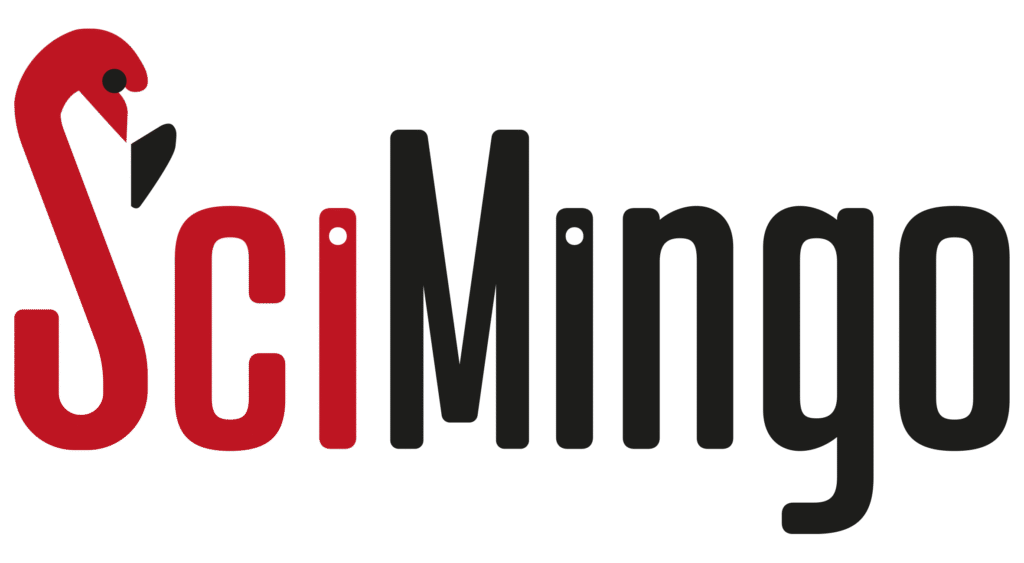

Recently at the Medicon Valley Alliance Summit in Copenhagen, the spotlight was on European competitiveness. In a keynote, panelists from four of Europe’s leading life sciences hubs shared their intention to establish a “Champions League” of clusters, working as a team to strengthen health innovation for Europe as a whole.


Antibodies have long held promise as a ‘magic bullet’ for cancer therapies, yet many antibody-drug conjugates face issues with toxicity and resistance. Belgian startup ATB Therapeutics is producing a new type of weaponized antibodies, using plants as mini factories for safe, effective cancer and autoimmune treatments.


For the many women who develop metastatic breast cancer, treatment options are increasingly determined using blood-based diagnostics. But there are many other bodily fluids that can also be screened, potentially opening doors to new therapies for these patients. This broader approach to testing could improve clinical trial designs and be extended to other cancer types.


To truly improve patients’ lives through personalized medicine, the seeds of innovation must be sown, and its capacity must be grown. Europe undoubtedly excels as an R&D hub, yet we fall behind when transforming ideas into tangible products and services. So how can we create an environment where personalized medicine can flourish and deliver real solutions for patients? That question was the focus of a recent meeting at the European Parliament where the PRECISEU consortium brought together key stakeholders to discuss the future of the field.


What makes a biotech company soar or crash? Usually, people cite a combination of cutting-edge science, experienced team, smart business strategy and adequate funding. But there is another less obvious factor that is equally critical for company performance: the internal dynamics of the team. So how can a company create a culture of constructive disagreement to foster better decision-making?
Recently at the Medicon Valley Alliance Summit in Copenhagen, the spotlight was on European competitiveness. In a keynote, panelists from four of Europe’s leading life sciences hubs shared their intention to establish a “Champions League” of clusters, working as a team to strengthen health innovation for Europe as a whole.
Antibodies have long held promise as a ‘magic bullet’ for cancer therapies, yet many antibody-drug conjugates face issues with toxicity and resistance. Belgian startup ATB Therapeutics is producing a new type of weaponized antibodies, using plants as mini factories for safe, effective cancer and autoimmune treatments.
For the many women who develop metastatic breast cancer, treatment options are increasingly determined using blood-based diagnostics. But there are many other bodily fluids that can also be screened, potentially opening doors to new therapies for these patients. This broader approach to testing could improve clinical trial designs and be extended to other cancer types.
To truly improve patients’ lives through personalized medicine, the seeds of innovation must be sown, and its capacity must be grown. Europe undoubtedly excels as an R&D hub, yet we fall behind when transforming ideas into tangible products and services. So how can we create an environment where personalized medicine can flourish and deliver real solutions for patients? That question was the focus of a recent meeting at the European Parliament where the PRECISEU consortium brought together key stakeholders to discuss the future of the field.
What makes a biotech company soar or crash? Usually, people cite a combination of cutting-edge science, experienced team, smart business strategy and adequate funding. But there is another less obvious factor that is equally critical for company performance: the internal dynamics of the team. So how can a company create a culture of constructive disagreement to foster better decision-making?
After 30 years of schizophrenia, a Danish woman found freedom through virtual reality therapy. Now the startup behind it HekaVR is changing the face of mental health care. This emotional story of success will be shared in a keynote at the HealthTech Investor Summit on 8-10 December in Utrecht, the Netherlands.
Recently at the Medicon Valley Alliance Summit in Copenhagen, the spotlight was on European competitiveness. In a keynote, panelists from four of Europe’s leading life sciences hubs shared their intention to establish a “Champions League” of clusters, working as a team to strengthen health innovation for Europe as a whole.
Antibodies have long held promise as a ‘magic bullet’ for cancer therapies, yet many antibody-drug conjugates face issues with toxicity and resistance. Belgian startup ATB Therapeutics is producing a new type of weaponized antibodies, using plants as mini factories for safe, effective cancer and autoimmune treatments.
For the many women who develop metastatic breast cancer, treatment options are increasingly determined using blood-based diagnostics. But there are many other bodily fluids that can also be screened, potentially opening doors to new therapies for these patients. This broader approach to testing could improve clinical trial designs and be extended to other cancer types.
To truly improve patients’ lives through personalized medicine, the seeds of innovation must be sown, and its capacity must be grown. Europe undoubtedly excels as an R&D hub, yet we fall behind when transforming ideas into tangible products and services. So how can we create an environment where personalized medicine can flourish and deliver real solutions for patients? That question was the focus of a recent meeting at the European Parliament where the PRECISEU consortium brought together key stakeholders to discuss the future of the field.
What makes a biotech company soar or crash? Usually, people cite a combination of cutting-edge science, experienced team, smart business strategy and adequate funding. But there is another less obvious factor that is equally critical for company performance: the internal dynamics of the team. So how can a company create a culture of constructive disagreement to foster better decision-making?
After 30 years of schizophrenia, a Danish woman found freedom through virtual reality therapy. Now the startup behind it HekaVR is changing the face of mental health care. This emotional story of success will be shared in a keynote at the HealthTech Investor Summit on 8-10 December in Utrecht, the Netherlands.

